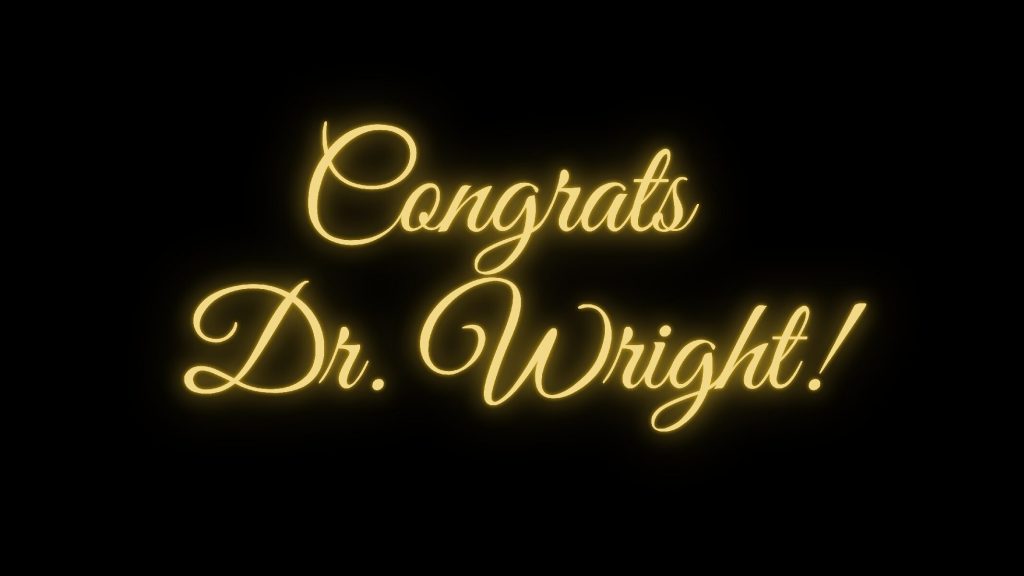On-Label Uses of Benzodiazepines and non-Benzodiazepine Hypnotics (Z-Drugs)
Each pharmaceutical is required to have a label (also called Prescribing Information) which lists, among other things, the FDA-approved uses for which the manufacturer recommends the drug. The table below, derived from the labels for each benzodiazepine and non-benzodiazepine, provides a summary of their FDA-approved uses and the listed studies that support that use.
On-Label Uses of Benzodiazepines and Z-drugs
| Drug | On-label Indications | Approval Study Duration |
“Effective” Time per Label * |
|
Alprazolam (Xanax)
|
Panic disorder GAD (anxiety) |
10 weeks 4 weeks |
10 weeks 4 months |
| Chlordiazepoxide (Librium) | Anxiety | Not documented | 4 months |
| Clobazam (Onfi) | Adjunctive for seizures of Lennox-Gasteaut | 12 months | Not documented |
| Clonazepam (Klonopin) | Panic disorder | 6-9 weeks | 9 weeks |
|
Chlorazepate (Tranxene)
|
Anxiety
Panic seizures |
Not documented
|
4 months
|
|
Diazepam (Valium)
|
Anxiety
Alcohol withdrawal Muscle spasms |
Not documented
|
4 months (all indications)
|
| Estazolam (Prosom) | Insomnia | 12 weeks | “Short term” |
| Flurazepam (Dalmane) | Insomnia | 4 weeks | 4 weeks |
| Eszoplicone (Lunesta) | Insomnia | 6 months | 6 months |
| Lorazepam (Ativan) | Anxiety | Not documented | 4 months |
| Temazepam (Restoril) | Insomnia | 2 weeks | 2 weeks |
| Triazolam (Halcion) | Insomnia | 2 weeks | 10 days |
| Zoplidem (Ambien) | Insomnia | 35 days | 35 days |
| Zoplicone** (Imovane, Zimovane) | Insomnia | Not documented | 10 days |
| Zaleplon (Sonata) | Insomnia | 2-4 weeks | 30 days |
** Not sold in the United States
Common Off-Label Uses of Benzodiazepines
The FDA allows the prescription of drugs for uses or durations beyond what is recommended on the drug label. Any use that is not listed in the drug’s label (the labels are summarized in the table above) is at the discretion of the prescriber, but it is also without the approval of the FDA. The most common off-label uses of benzodiazepines include[2] prescription beyond the “effective” time, and / or in the treatment of other medical conditions. These uses are as follows:
- Anxiety long-term use in DSM5 anxiety disorders: Generalized Anxiety Disorder (GAD), Panic Disorder (PD), Specific Phobia, Social Anxiety Disorder (SAD)
- Anxiety long-term use in non-anxiety disorder conditions: Simple anxiety, Obsessive-Compulsive Disorder (OCD), Post-Traumatic Stress Disorder (PTSD), anxiety associated with other medical conditions
- Insomnia long term
- Palliative sedation / dyspnea management
- Depression
- Mania / Bipolar disorder
- Attention Deficit Disorder (ADD) / Attention Deficit Hyperactivity Disorder (ADHD)
- Dementia / Behavior management in the context of dementia
- Schizophrenia / Psychosis / Delusions / Hallucinations
- Geriatric agitation
- Movement disorders: tremor, dystonia, tardive dyskinesia, Restless Leg Syndrome (RLS), Periodic Limb Movement Disorder (PLMD)
- Muscle spasms / spasticity
- Seizure disorder long term
- Traumatic brain injury
- Acute and chronic pain
- Eating disorders
- Tinnitus
- Addiction
Note that for many of these off-label uses there is neither sufficient evidence to support its use, nor is there evidence for a duration of use beyond that in the approved FDA label. In many cases, there is ample evidence of ineffectivity or even harm associated with off-label uses, in addition to the risks of dependence. See the Problems page for a discussion of each of these off-label uses, along with references.


